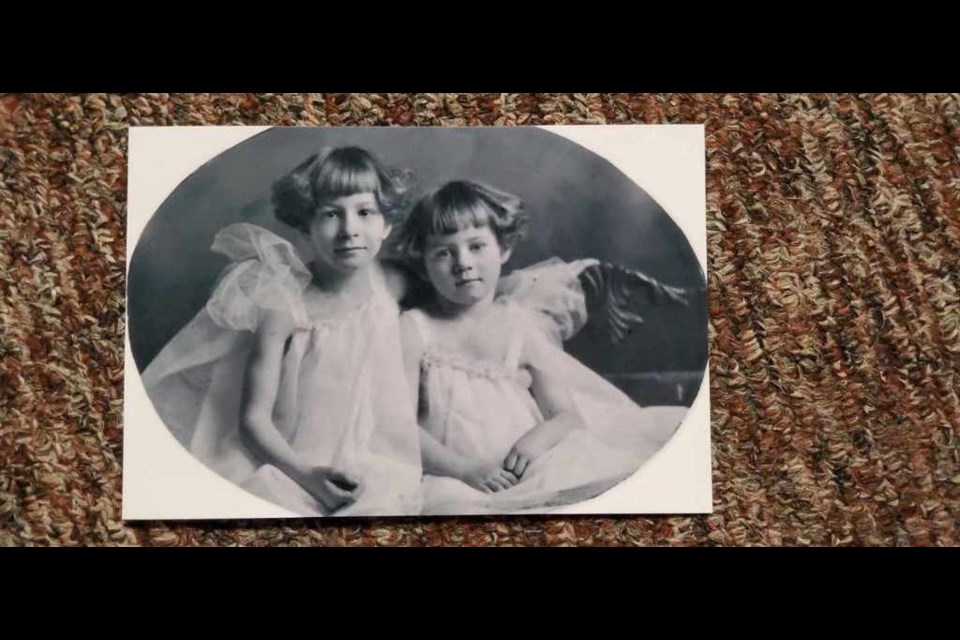Only a few residents alive today can recall anything about the Spanish Flu that hit Canada over 100 years ago, while others can remember family discussions about the devastating effects of that pandemic.
Centenarians recall flu's brutal effects
Centenarian Verna Zimmerman was born on Nov. 29, 1919 on a farm near Tuxford, about 24 kilometres from Moose Jaw, just as the Spanish Flu — which began in May 1918 — was coming to a close in Saskatchewan. As a young girl, she remembers her parents telling her of the precautions they took to protect against the influenza.
“My mother said we had to be very careful. If we were around other people, other than family, we had to keep clean, especially with the hands,” Zimmerman said recently. “But I don’t remember having to wear a mask.”
She believes the effects of the Spanish Flu — which killed 50 million people worldwide — resulted in her having many colds as a child. When Zimmerman’s mother put her to bed, she would rub a “mustard plaster” mixture onto her chest to help her breathe; it usually worked. This plaster is a combination of mustard powder and flour that, when mixed, creates a paste that becomes hot when applied to cotton.
Zimmerman never expected to see or experience another pandemic in her lifetime. She pointed out that she also lived through the tough times of the Great Depression and Dirty Thirties. While her family had a good home life, they had very little money on which to spend anything. She recalls that during those years, dust was everywhere night and day.
“I remember we used to grow beautiful wheat crops. We only got about $1 per bushel. But I learned to love life,” she added. “To this day, I have that same feeling to people.”
Another resident who lived through the Spanish Flu is Violet England, 105, who was born on May 18, 1914 — even before the First World War began — and was a young girl when the influenza finished in 1920. She grew up on a farm with her family near Mossbank and milked and herded cows.
England was five years old when the influenza pandemic began its rampage across Canada.
“I do (remember) a little bit (of it). My mother was rather fussy about it and us getting it,” she recalled.
England doesn’t think she’s special even though she has lived through two pandemics. She doesn’t have any secret to her longevity but simply says to “just behave yourself” and follow the rules.
A family legacy
Resident Gladys Baigent-Therens recalls how her mother, Mary, would tell stories of how Spanish Flu affected their family and the heartbreak it caused.
Born on Jan. 13, 1918 on a farm in the Billimun district near Mankota, Mary Folk was one of 12 children born to Margaret and Mathias. Mary would never get to know two older sisters and a younger brother since the influenza would claim all three of them.
Barbara was born on Nov. 18, 1903, while Madalena was born on Sept. 10, 1906. Barbara caught the influenza in the fall of 1918 and somehow knew she was going to die, so she began saying goodbye to her family. When she came to Madalena, she told her younger sister that she would “see her next week.”
Barbara died on Oc. 27, 1918; a week later, on Nov. 3, Madalena also died from the pandemic.
Brother Mathias was later born on March 9, 1919, but on March 27, as a two-week-old infant, he caught the flu and died.
“They were all devastated,” said Baigent-Therens. “It was very hard times for Margaret and Mathias, losing three of 12 children to the flu. (However), they always kept the faith and felt that God had plans for the three children He took home, and that he had plans for Mary (on Earth) as she survived being a baby at the time.
“Mary always felt that she knew her three siblings, as the family never stopped the stories … .”
Baigent-Therens added that the family has handed down those stories over the decades. Now, the grandchildren and great-grandchildren also know how the Spanish Flu took their late aunts and uncle.




